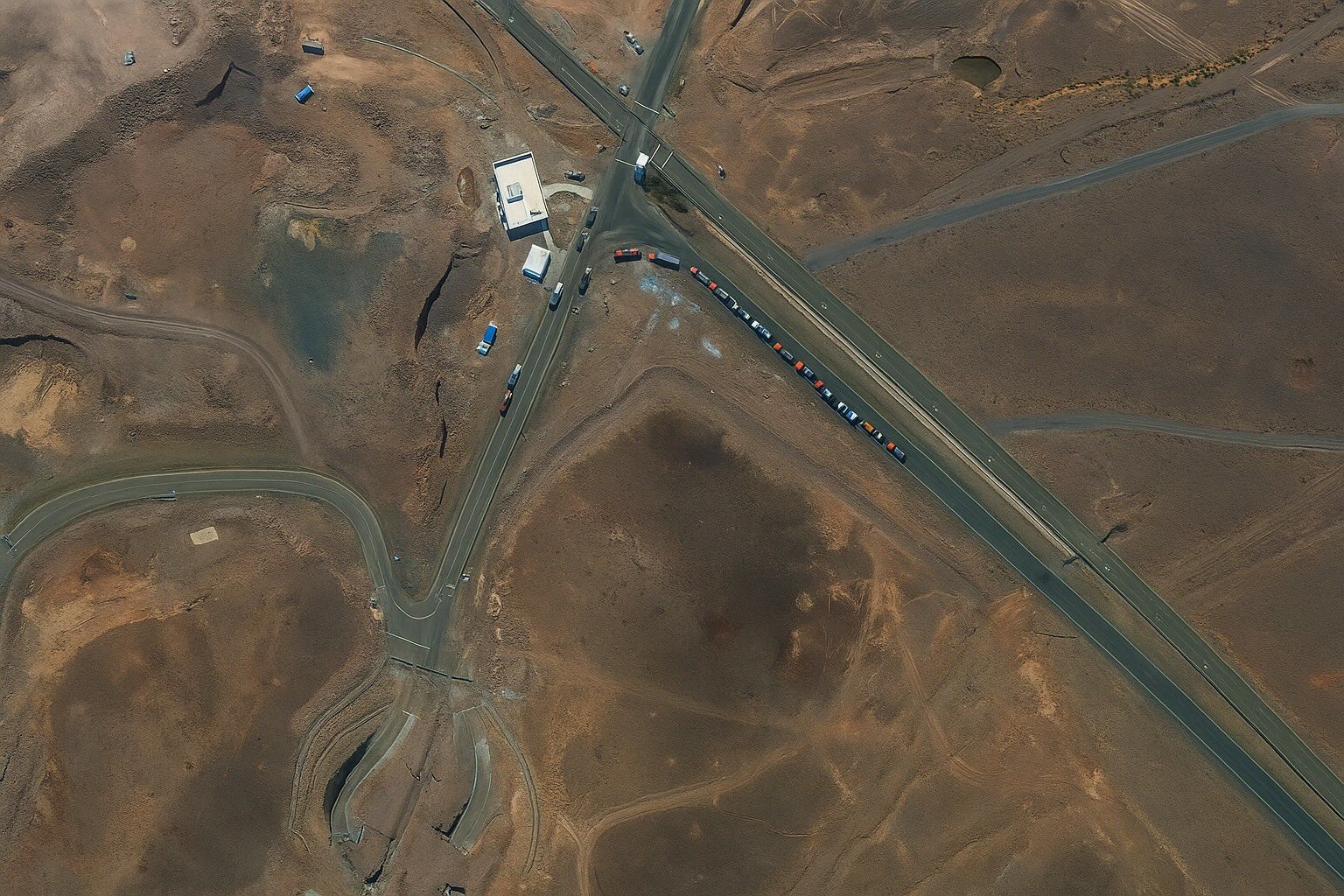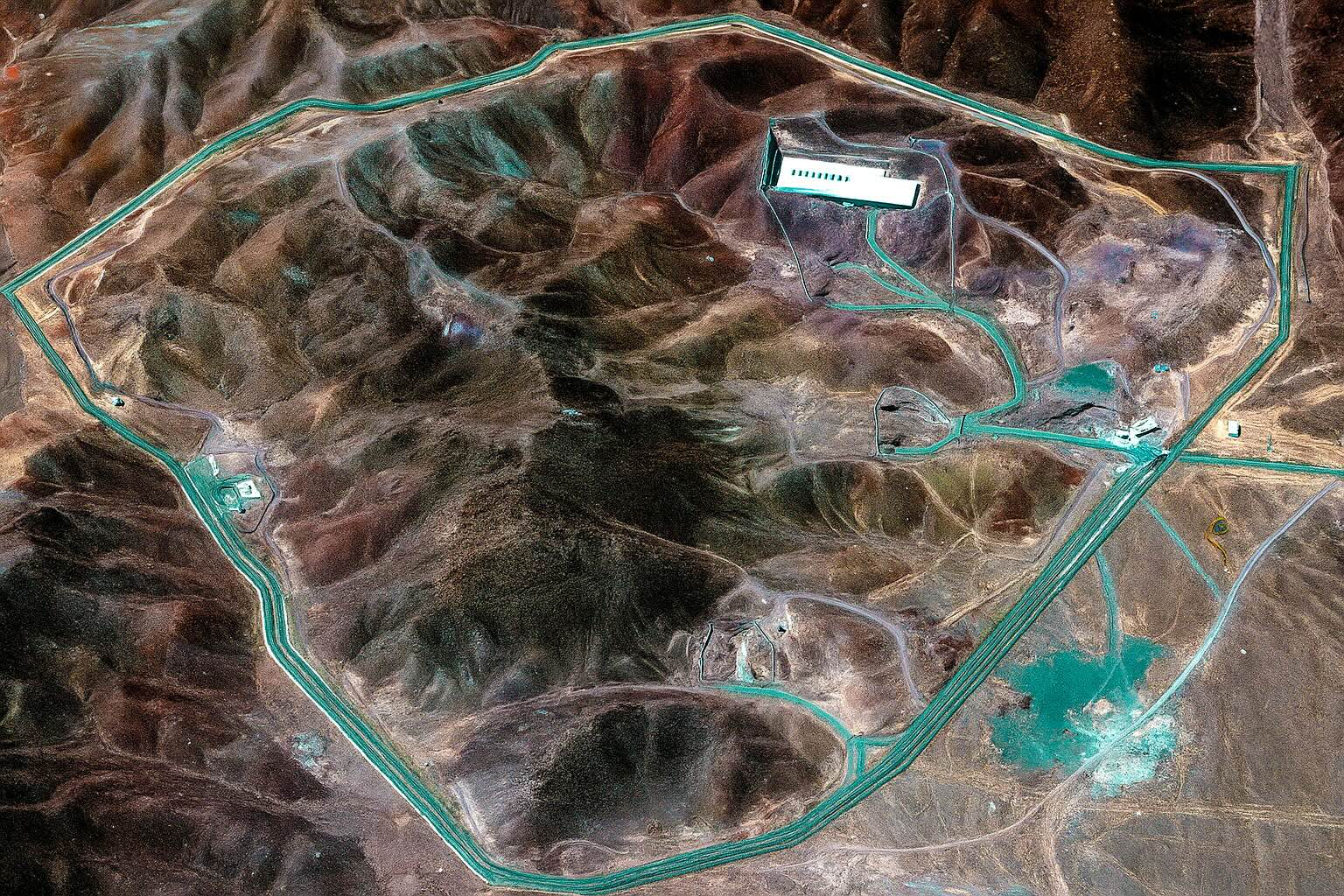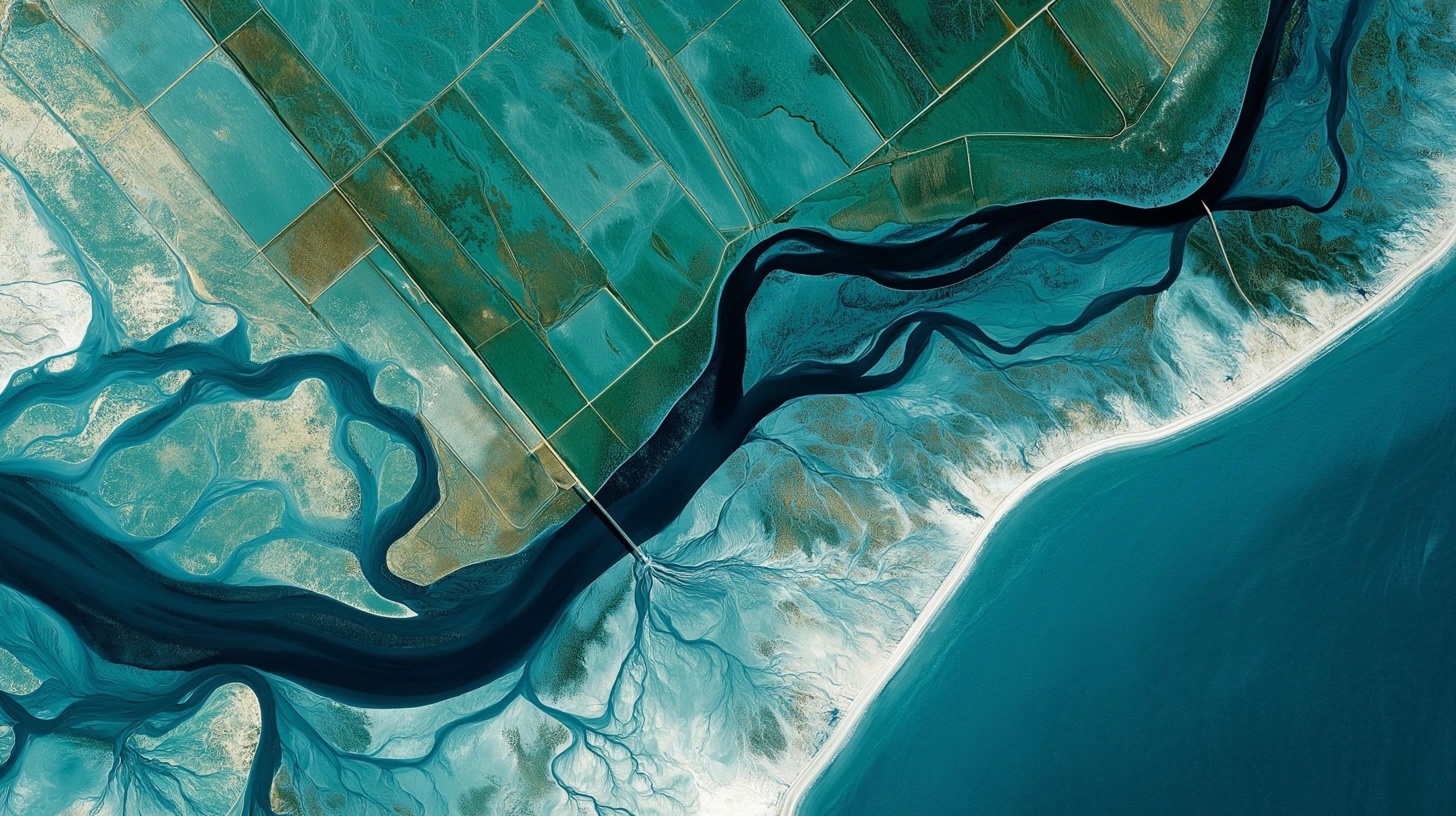
Israeli Satellite Images of Iran Attack – 2025 Deep‑Dive Report, Expert Quotes & Latest Evidence
During Operation Rising Lion in mid-June 2025, Israel ingested more than 12,000 fresh satellite images during the shooting phase from the Ofek optical and SAR constellation and commercial vendors, with tens of millions of square kilometers imaged day and night.




